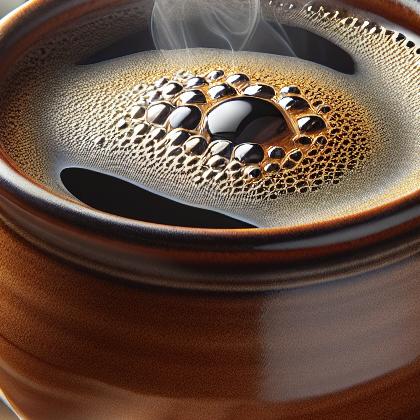Showing results for 'Decaffeinated coffee'
close
Decaffeinated Coffee

Decaffeination is the removal of caffeine from coffee beans, cocoa, tea leaves and other caffeine-containing materials. While soft drinks which do not use caffeine as an ingredient are sometimes described as "decaffeinated", they are better termed "non-caffeinated" because decaffeinated implies that there was caffeine present at one point in time. Decaffeinated drinks contain typically 1–2% of the original caffeine content, and sometimes as much as 20%.Decaffeinated products are commonly termed decaf.
Decaffeinated coffee Pairs With:
Food Item
Flavor Affinity Level
Decaffeinated coffee Properties:
| Food Property | Type | Description |
|---|---|---|
| Flavor Profile | Bitter | Decaffeinated coffee typically retains the bitter flavor profile of regular coffee, but may have a slightly different taste due to the decaffeination process. |
| Aroma | Volatile Compounds | Decaffeinated coffee still contains many of the aromatic compounds found in regular coffee, giving it a similar smell and flavor. |
| Chemical Composition | Acidity/Alkalinity (pH) | Decaffeinated coffee typically has a similar pH level to regular coffee, giving it a similar acidic taste. |
| Texture | Moisture | Decaffeinated coffee may have slightly different moisture levels compared to regular coffee due to the decaffeination process. |
Food Pairing App - Version 1.2.0
